Having no other choice, the latecomers were forced to find a way to live in the high, rugged mountains with harsh climates. Mu Cang Chai area ( Lao Cai province) is where the Mong people are concentrated.
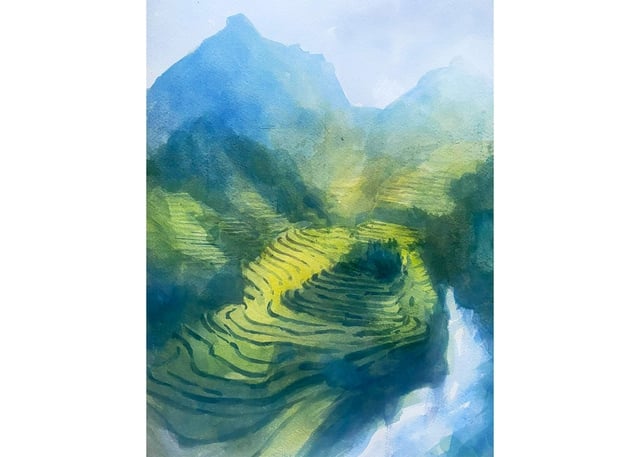
Mu Cang Chai is where the Mong people gather - painting by architect Nguyen Khanh Vu
On the steep mountain slopes, the Mong people initially cultivated fields, growing corn and rice in a nomadic way. However, population pressure and increasing food demand forced them to "break mountains" to create terraced fields.
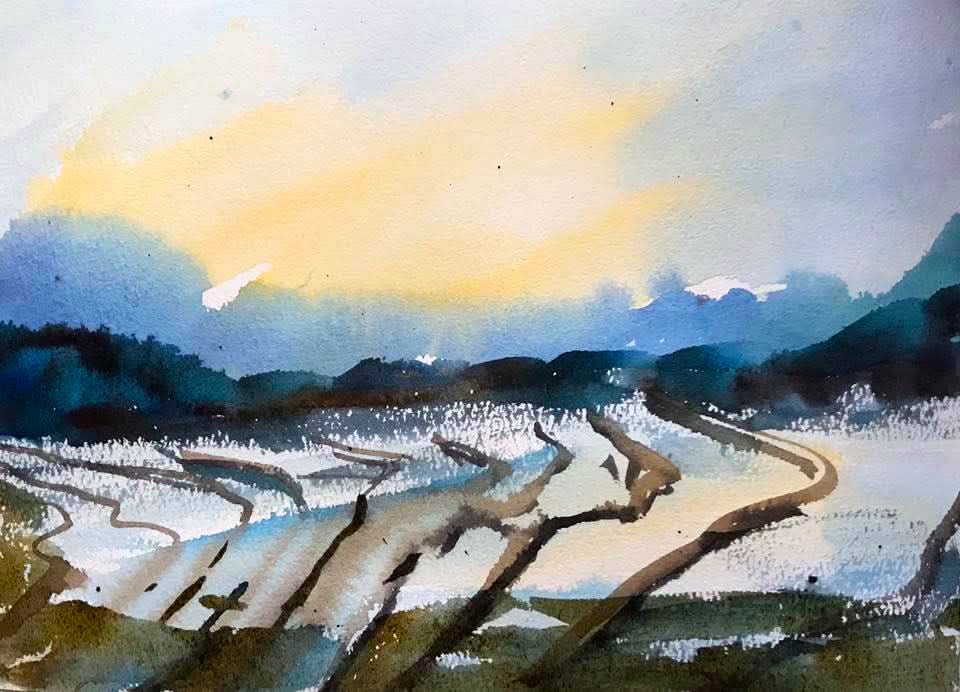
Flood season - painting by architect Phung The Huy
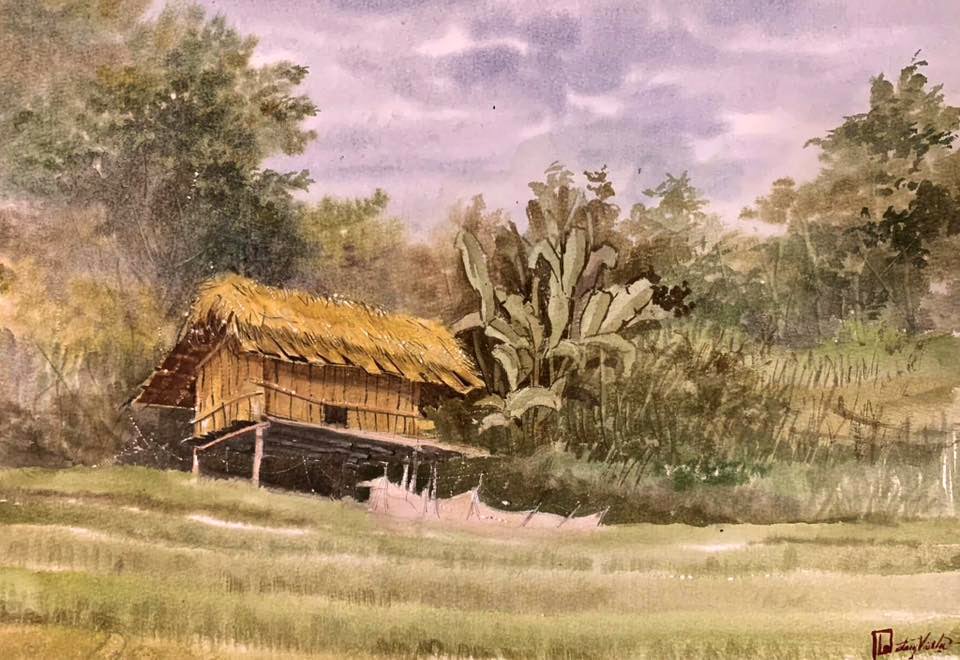
From a nomadic lifestyle, the Mong people in Mu Cang Chai have created terraced fields to settle down - sketch by artist Dang Viet Loc
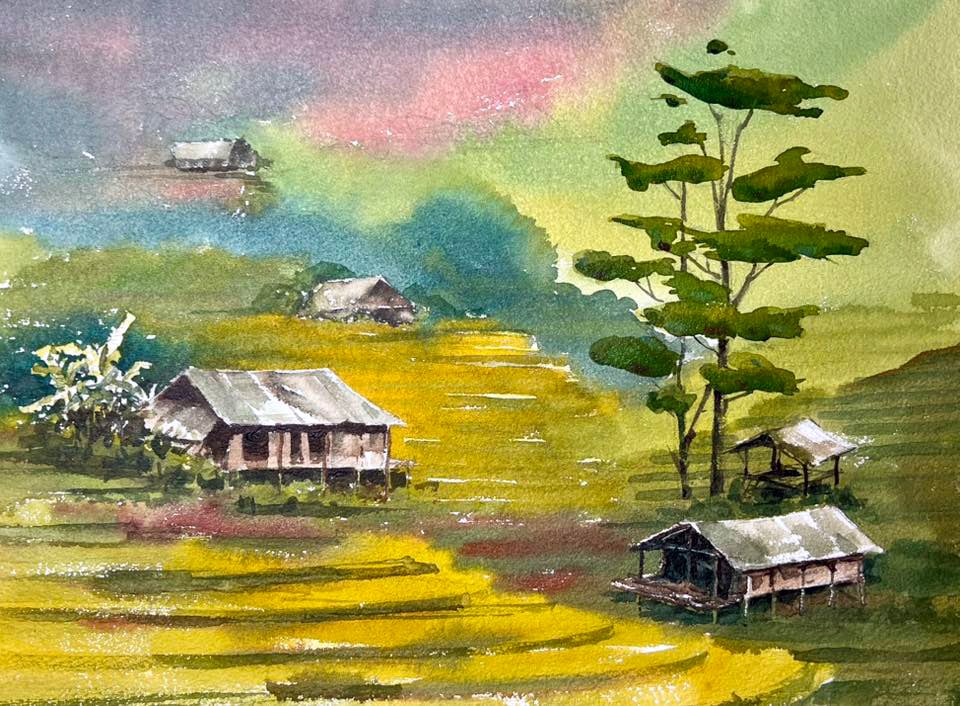
Terraced fields formed on steep mountain slopes - sketch by architect Duy Huynh
How do they create perfectly flat fields on rugged, steep terrain? Once the contours are defined, the Hmong bring water into the area. By observing the water level, they can determine which high spots to rake and which low spots to fill. The water becomes the perfect “ruler,” allowing them to level the fields with astonishing precision.
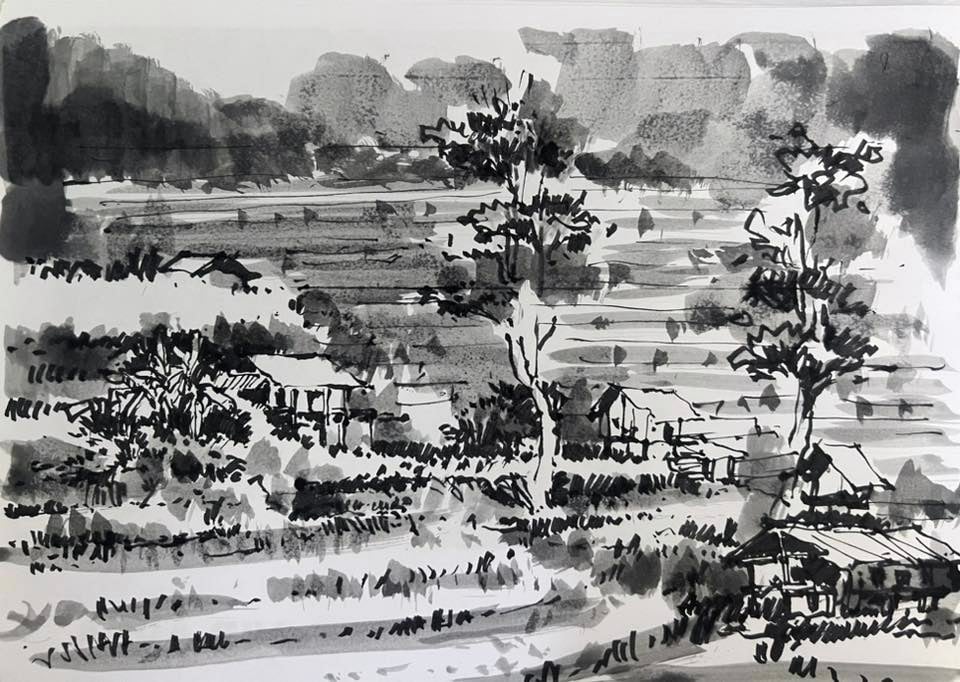
Sketch by Architect Phan Dinh Trung
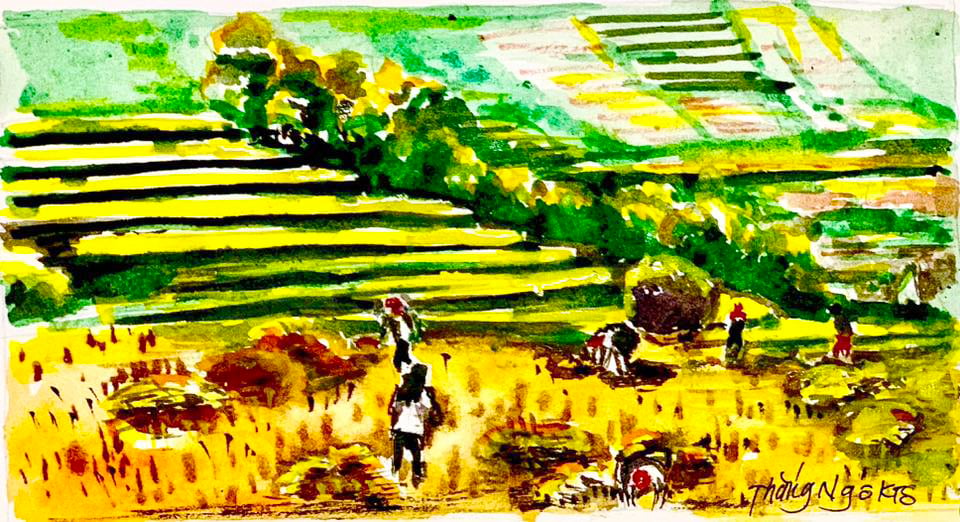
Rice harvest season of Mong people in Mu Cang Chai - sketch by architect Thang Ngo
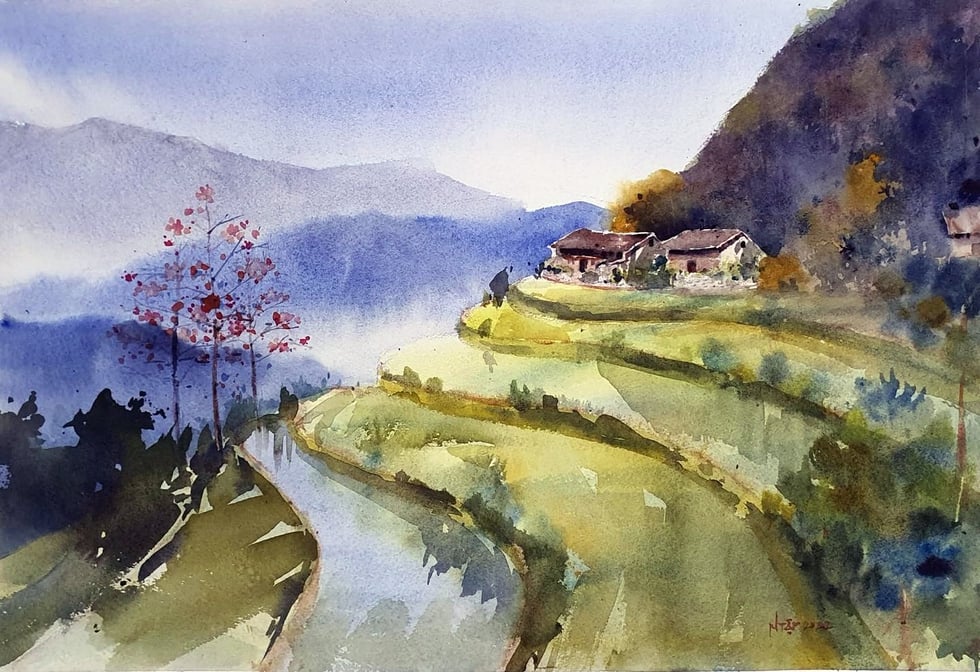
Water is the perfect "ruler", helping them level the fields with amazing precision - sketch by Lam Yen
In places with moderate slopes, the Mong people build embankments with clay, allowing water to seep in and make the soil particles swell, bond together, and become solid. In places with steep slopes, they arrange rocks to create embankments with gaps so that water can seep through, reducing pressure.
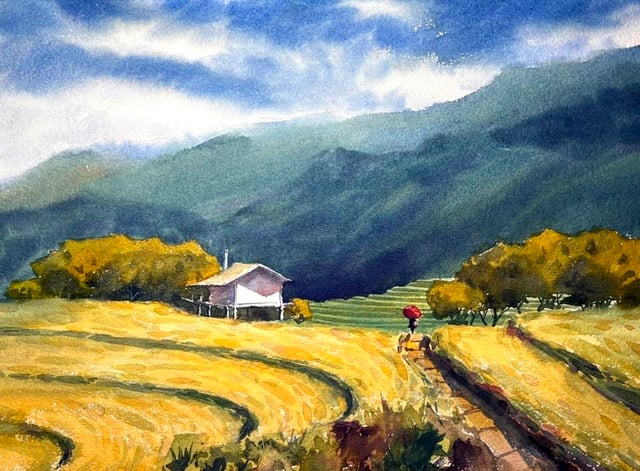
Golden season in Mu Cang Chai - painting by architect Duy Huynh
Water is led from underground streams and streams by small ditches or hollowed bamboo trunks to the highest fields. "Trenches" in the upper fields and the gates (sluices) leading and draining water are arranged so that the water from the upper fields to the lower fields is regulated, not forming a strong flow causing erosion or breaking the banks. The water level is also maintained enough for the rice to grow but not causing flooding. In the rice harvest season, Mu Cang Chai terraced fields become a breathtakingly beautiful picture.
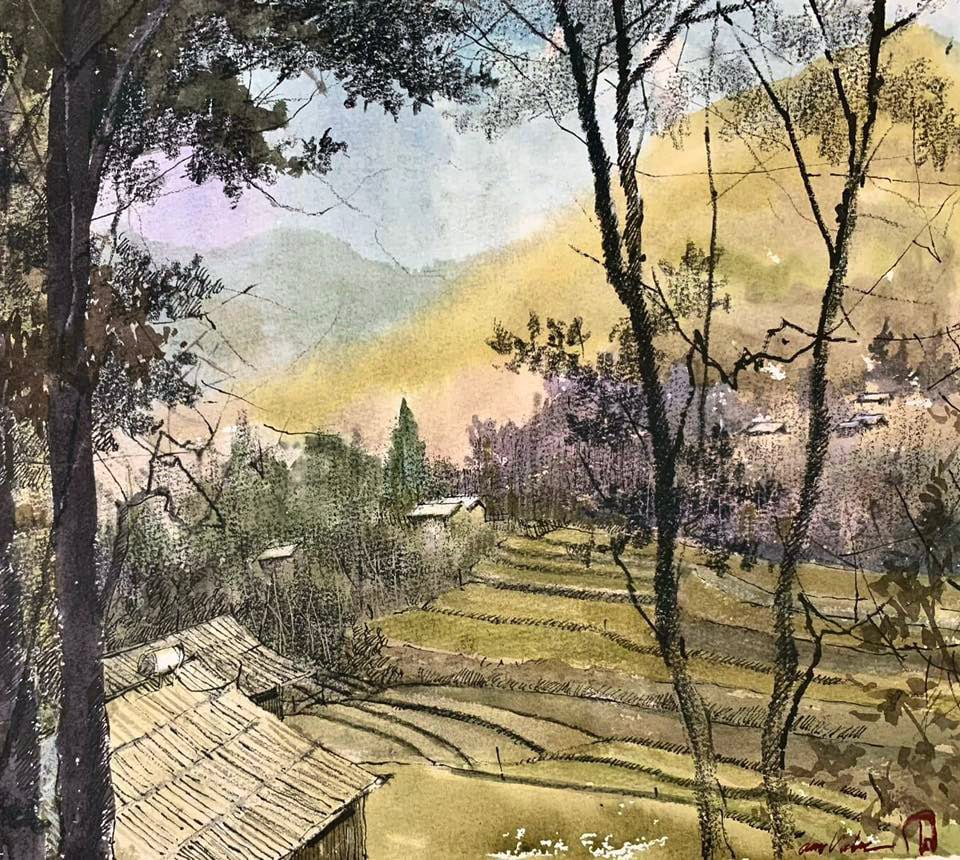
Sketch by artist Dang Viet Loc
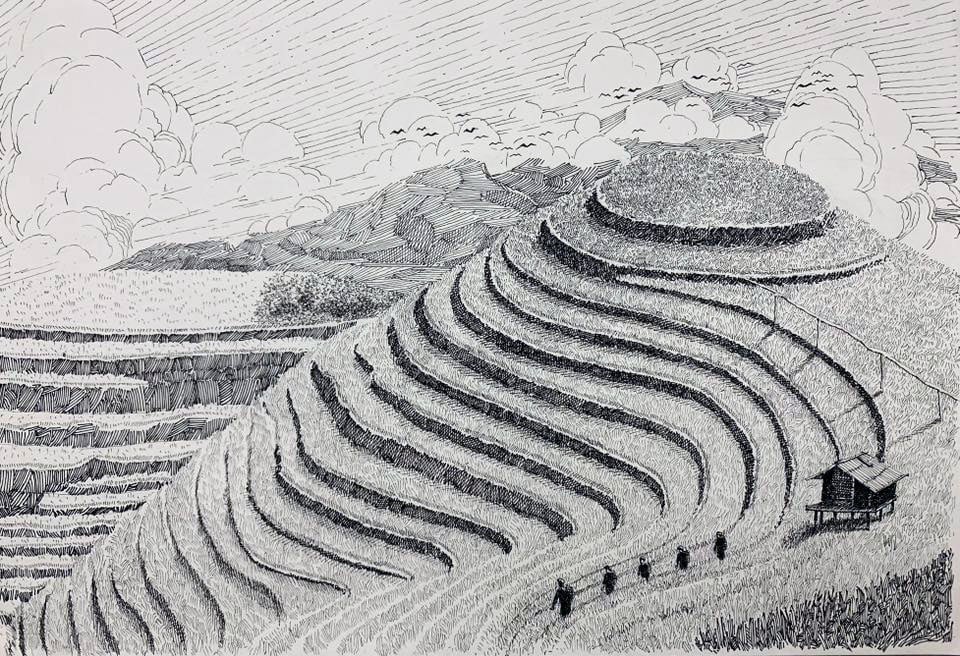
La Pan Tan Raspberry Hill is one of the most checked-in spots - sketch by artist Ngoc Nguyen
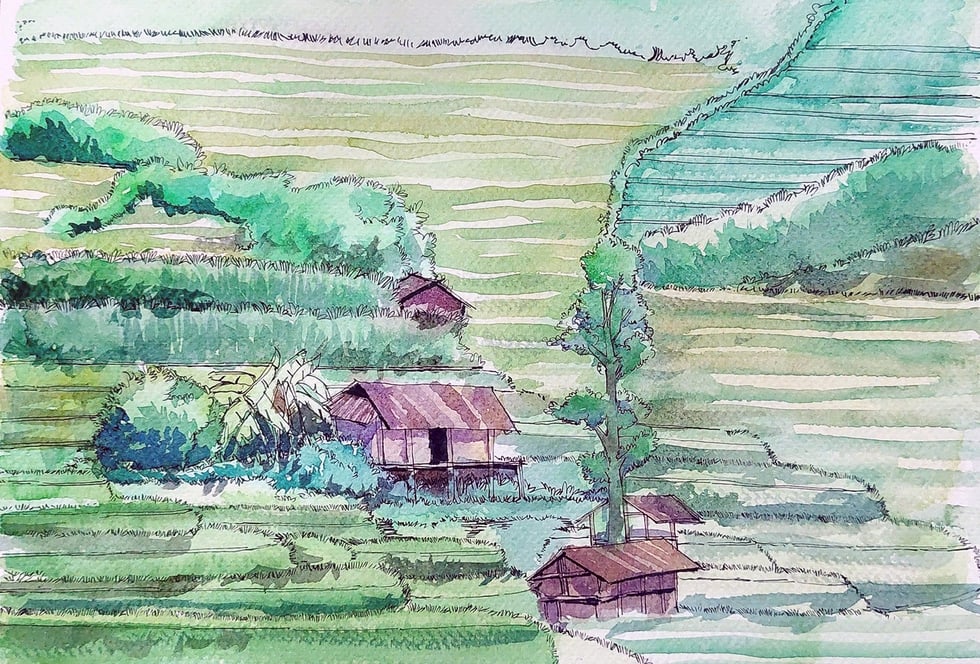
Pressure on population and food forced the Mong people to "break mountains" to create terraced fields - sketch by student Le Tran Mai Han
During the traditional New Year of the Mong people (December of the lunar calendar), there is a custom of worshipping labor tools. Plows, harrows, hoes, and shovels are covered with red paper and worshiped as gods who have helped the family during a year of hard work.
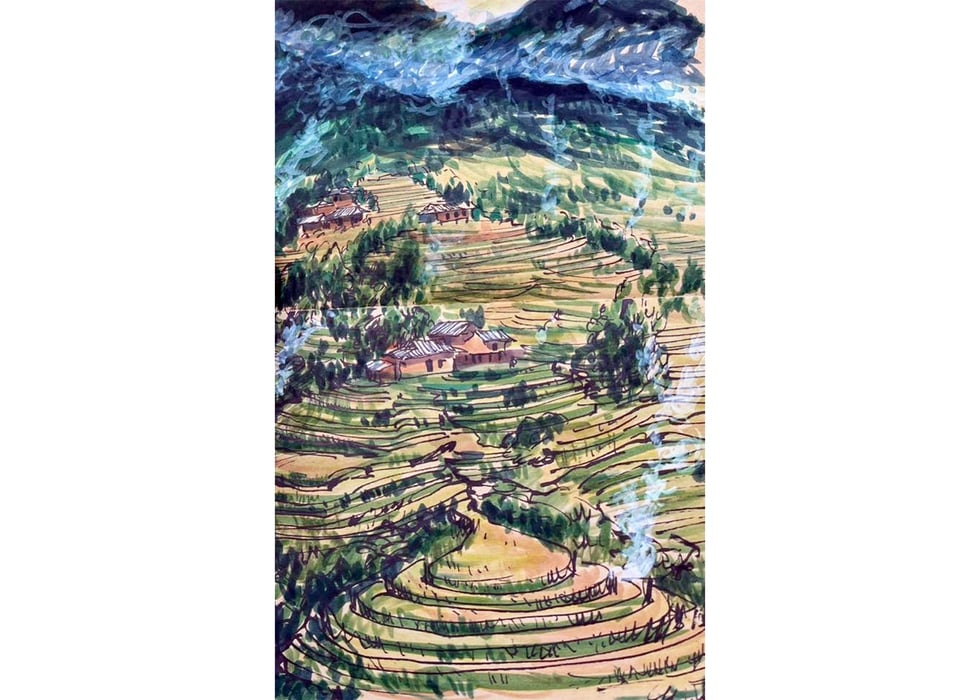
Harvest Season - sketch by artist Tran Binh Minh
When the rice is ripe, the Mong people hold a New Rice Celebration (recognized as a national intangible cultural heritage) to thank heaven, earth, and ancestors for giving them a bountiful harvest.
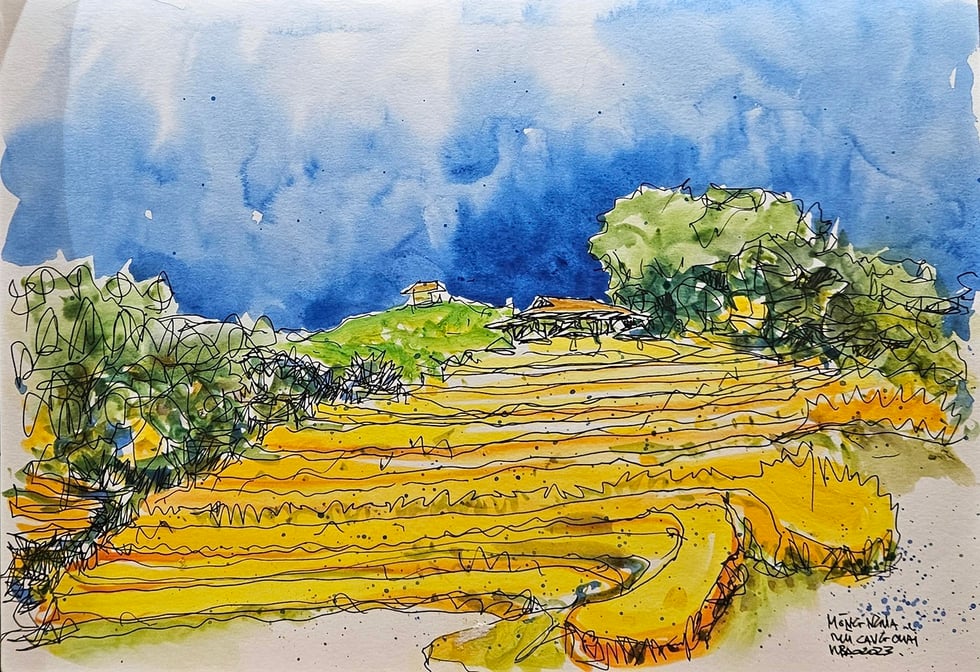
Horseshoe Hill - one of the most beautiful spots in Mu Cang Chai - sketch by architect Bui Hoang Bao
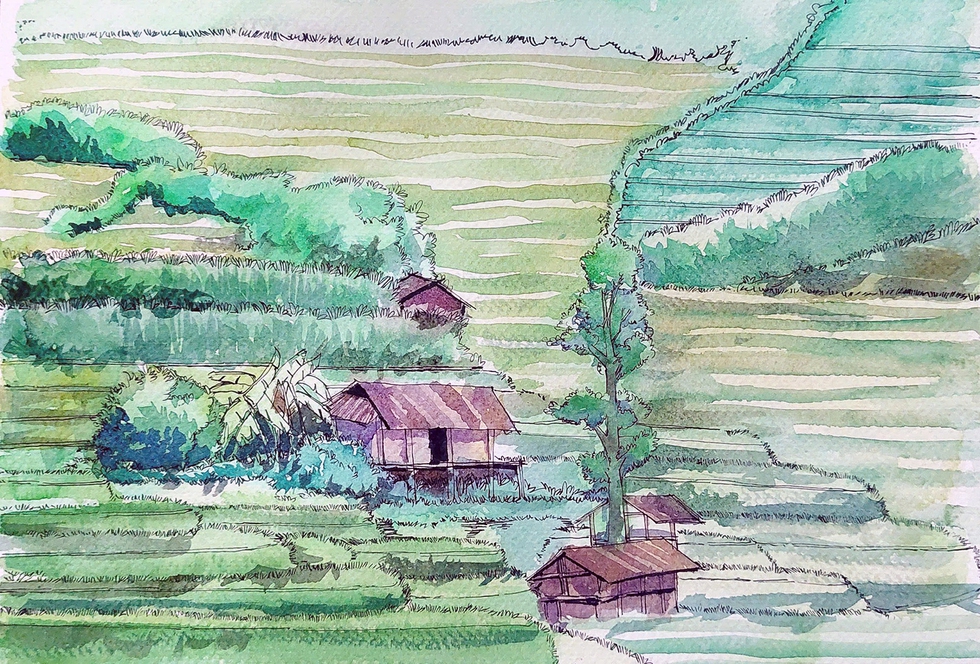
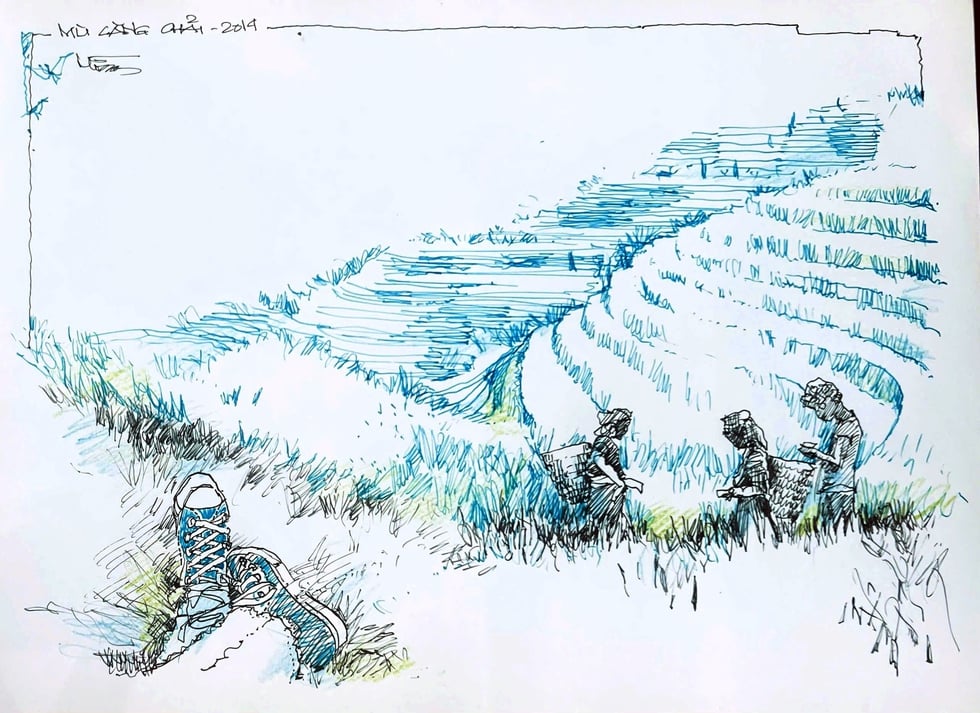
October is the month when the rice ripens and tourists from everywhere flock here - sketch by architect Tran Xuan Hong
Source: https://thanhnien.vn/goc-ky-hoa-bi-mat-ve-dep-me-hon-ruong-bac-thang-mu-cang-chai-185251004201205528.htm








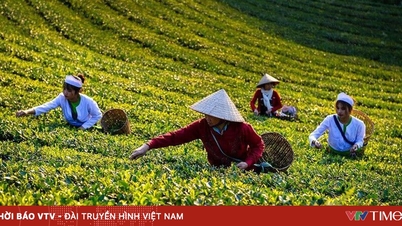

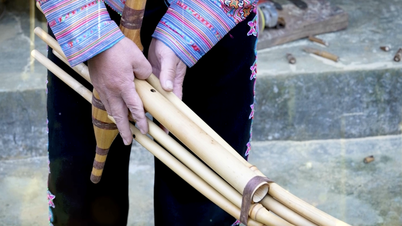






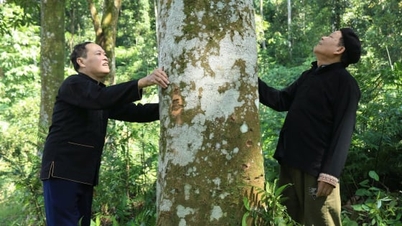

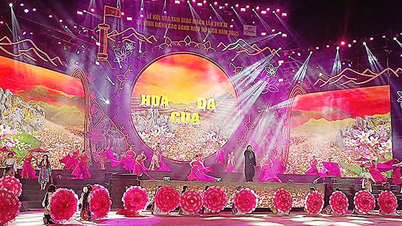

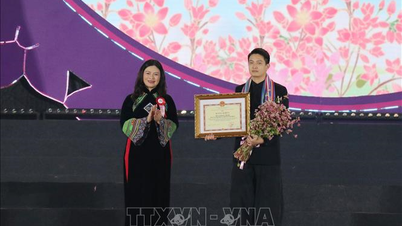

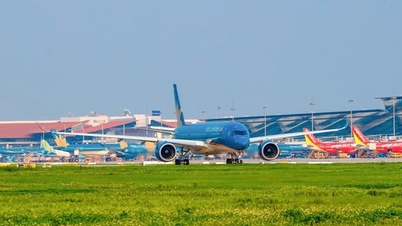

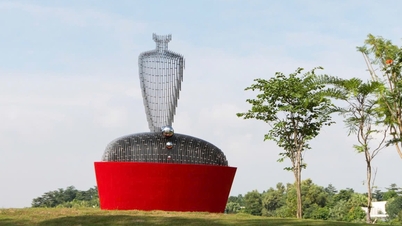


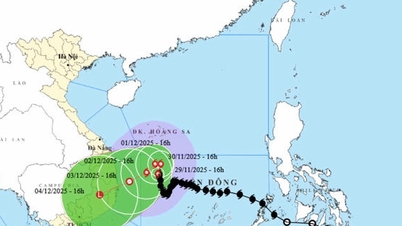














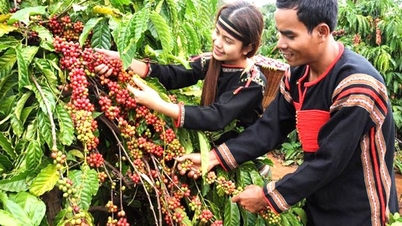

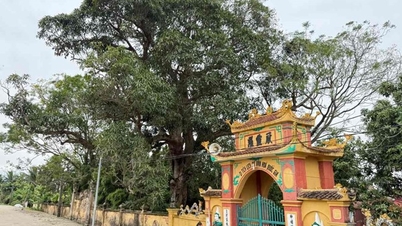

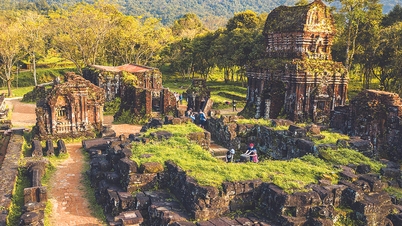

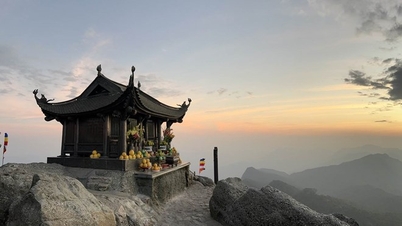
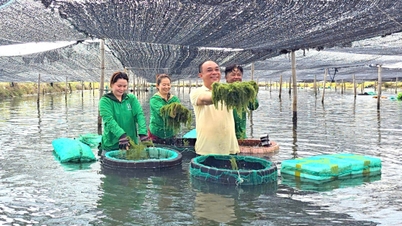




















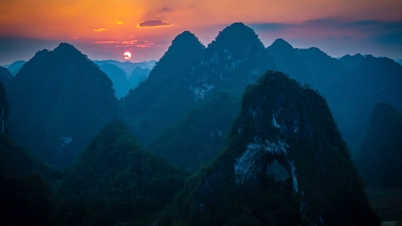

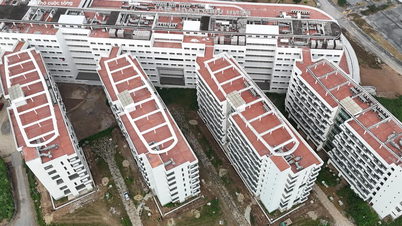

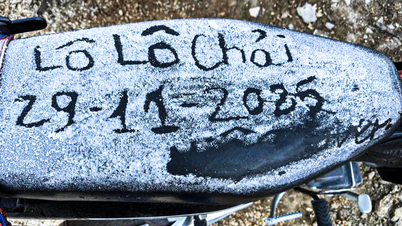





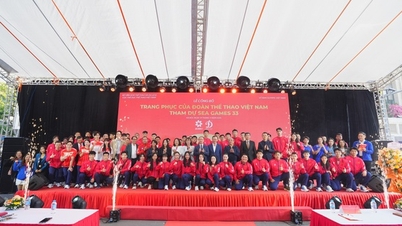






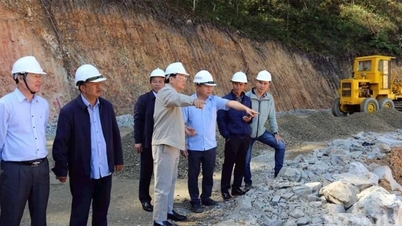

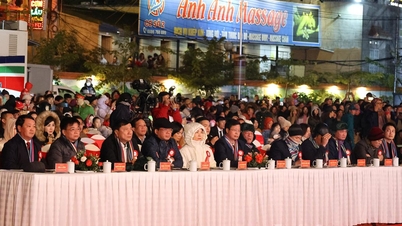


















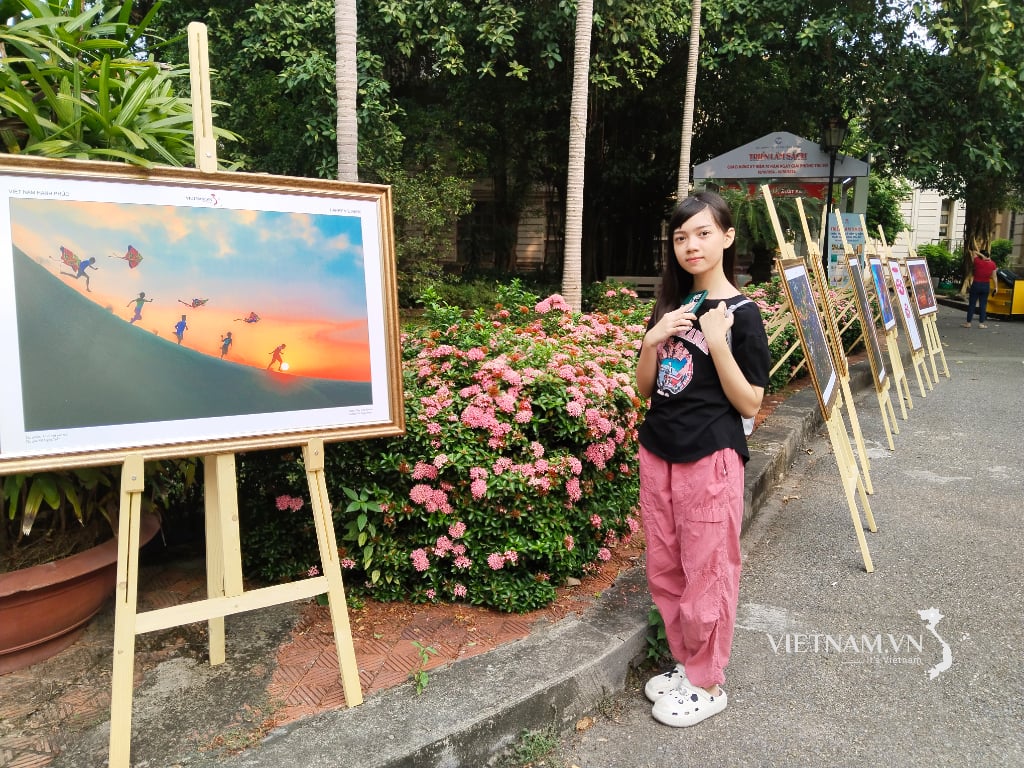
Comment (0)